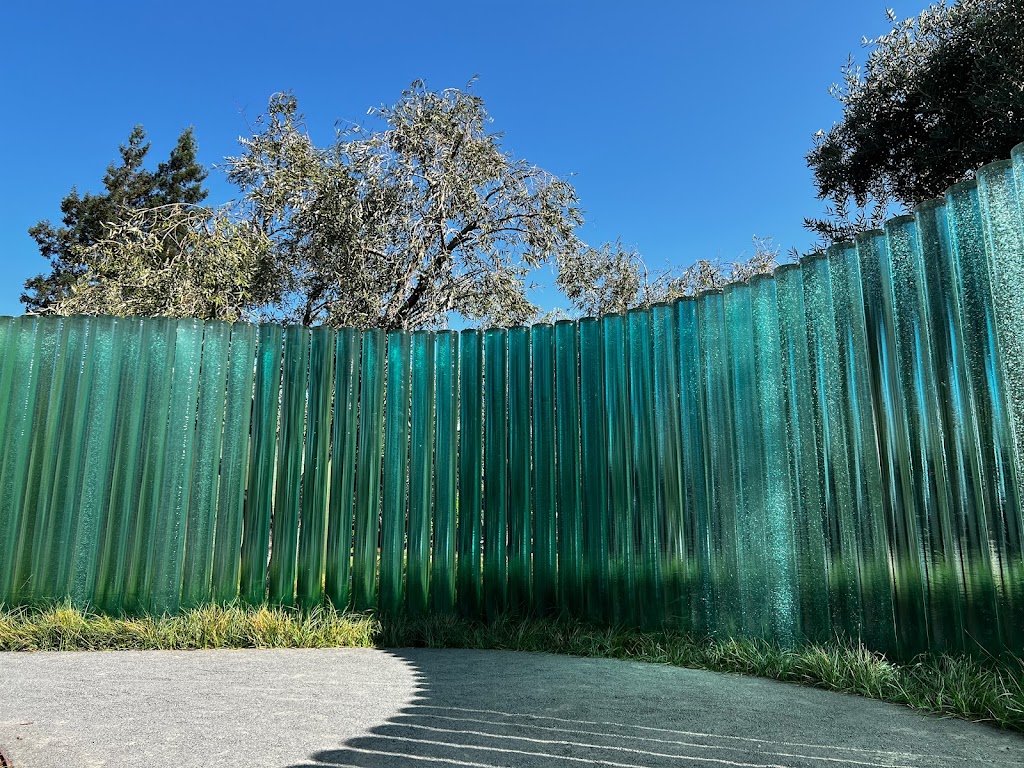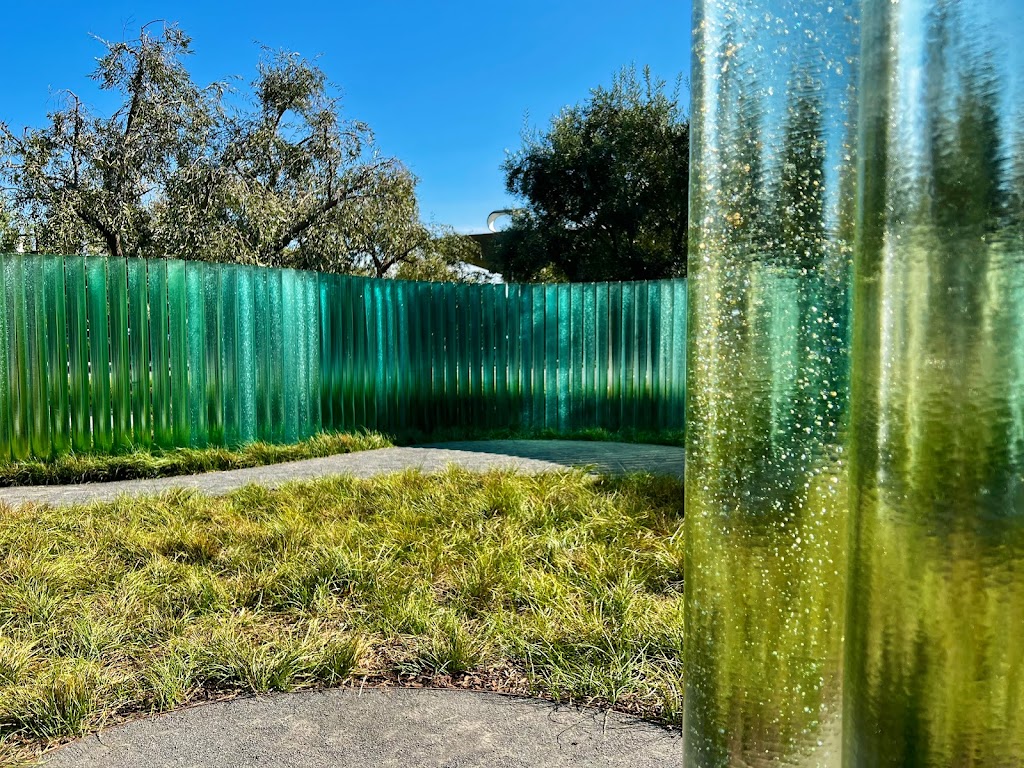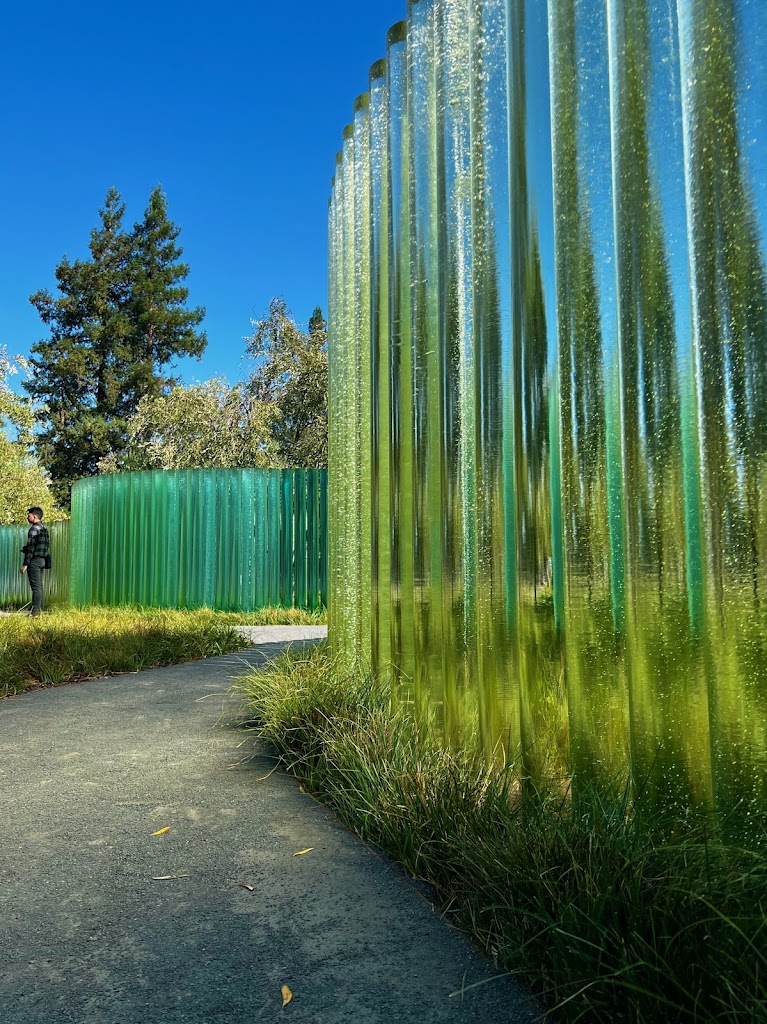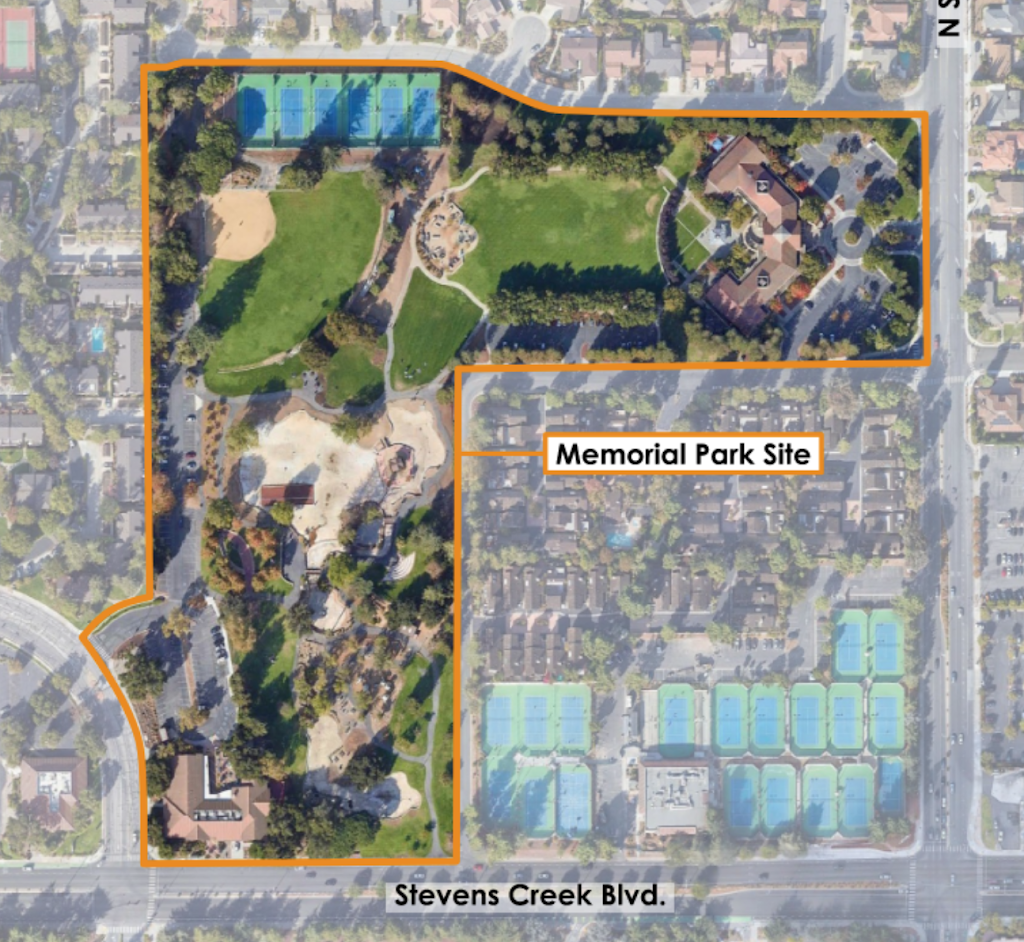On October 17th, 2023, a heavily-debated topic was presented at the Cupertino City Council meeting: whether or not the City should tear down and rebuild its City Hall. In order to fund the construction of a new City Hall, Council considered building high-density housing on City-owned properties, such as the current City Hall, Community Hall, and Sports Center.
Video Recap of City Hall Meeting
Background
Cupertino’s City Hall, which contains the Emergency Operations Center, does not meet current seismic safety standards. Over the last decade, several City Councils have floated solutions, ranging from new buildings with many amenities ($100 Million +) to a retrofit of existing buildings ($27 million). A recent audit of the tax deal between Apple and the City might result in a $56M+ loss to the City. However, rather than working to resolve this impending loss of tens of millions of dollars per year, the current Council majority is instead opting to spend more money on a brand-new City Hall. The solution could include selling public land to private entities and/or engaging in public-private enterprises.
A Change in City Hall Direction
In 2022, the prior council, including current Council Members Kitty Moore and Liang Chao, voted to pursue the lower-cost renovation of City Hall. On February 21st, 2023, the current City Council led by Mayor Hung Wei directed city staff to stop working on plans to seismically retrofit the City Hall, and instead investigate a plan for a new and larger City Hall. Currently, City Hall is an office for about 130 employees, many of whom often work from home.
Questionable Funding for New City Hall
The City hired a consultant, Cumming Management Group, with a master agreement of up to $170,000 for real estate research. The initial 83-page study, which cost our City $76K, explains that these partnerships can involve selling or long-term leasing of City-owned land. It recommends building housing at sites that it considers to be “underutilized,” such as the Sports Center. However, the study revealed that it would be difficult for these partnerships to provide enough funding for a new City Hall, even with high-density housing.
During the October 17th meeting, Assistant City Manager Matt Morley presented the findings of the report. Morley noted that because Cupertino is in a 10-year deficit, it does not have the cash flow to issue debt to fund a new City Hall. Raising taxes would also not be ideal, since taxes typically fund operational expenses. The only funding method staff could recommend was a public-private partnership, though profitability is unlikely. It is questionable whether profit-seeking development interests will assume the work of City Hall on behalf of the public.
Councilmember Chao questioned the density of housing required to make the project profitable. Chao stated that Stevens Creek currently has 35 units per acre, but by her calculations, a project would need 60 units per acre (or 10 stories) to be profitable. Morley demurred, saying he did not want to get into this further.
Councilmember Moore questioned the public-private partnership option, given doubtful profitability. “Why would we go to this endeavor if it doesn’t pencil out?” Moore asked. Moore stated that she worked on the City Hall subcommittee, and a seismic-only retrofit could cost as little as $ 7.4 million; other options had different price tags.
The need for a new City Hall is further questioned given that the City’s population is projected to decline over the next five years.
Protest from Cupertino Community
Many residents and non-resident supporters attending the October 17th Council meeting were driven by their concern that the Cupertino Sports Center might be eliminated to fund City Hall. Forty speakers put in speaker cards and several more raised their hands on Zoom, but they did not all have the opportunity to speak. Speakers reminded the Council how important the Sports Center was to creating a sense of community, as well as to their health.
Resident Patrick Kwok stated the city spent millions of dollars making the center ADA compliant. Kwok added that projects like the retrofit, or the new City Hall complex should be put on the ballot, like the library, so the public can decide how taxpayer dollars would be spent. City councils have the authority to place land use decisions, such as whether to build a new City Hall or renovate an existing City Hall, on the ballot for Cupertino voters to decide.
Another resident wrote the Council, stating “Our City Hall should continue to be part of our Civic Center complex with our Community Hall and Library. Housing in Cupertino should continue to be provided by the private sector with supportive policies from our City Council and City staff.”
Possible Project Ties to Vallco
Mayor Wei shut down Oral Communications on Item #7, the City Hall study, before all speakers spoke. She stated that it was necessary to bring the item back to the council for a vote. Wei put forward a motion to “pursue conceptual development of a new City Hall and/or renovation” along with specific interest in partnering with Sand Hill Properties (the owner of Vallco).
At Councilmember Moore’s objection to the ethics of naming individual developers in a motion, Sand Hill was removed. To note, Sand Hill recently defaulted on a 100,000 square-foot office building in Mountain View.
By a 3-2 vote, the revised motion passed. Chao and Moore cast the dissenting votes.
Additional Resources:
To view the Council Meeting, the presentation and written comments go to:
The City of Cupertino’s website provides a summary and a number of documents. To note the comprehensive study to renovate the City Hall is presently missing: https://www.cupertino.org/our-city/departments/public-works/capital-improvement-program-projects/city-hall-projectPart of the City Hall renovation plan can be found in Councilmember Kitty Moore’s public comment from the 10/17/23 meeting, starting on page 121:
https://cupertino.legistar.com/View.ashx?M=E2&ID=1053225&GUID=32C570ED-67B8-43BB-8BE8-7F0A82467799

















